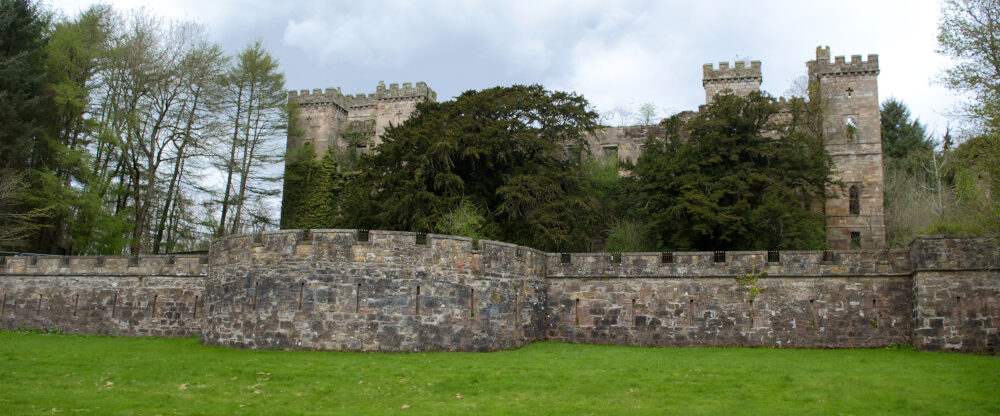Hidden WWII watchpoint
The Royal Observer Corps (ROC) was a British civil defence organisation that was responsible for the identification and reporting of aircraft movements during the end stages of WWII and into the Cold War.
It was formed in 1925 and was disbanded in 1995. The ROC consisted of volunteers who were trained to identify and report aircraft movements in the event of an attack on the United Kingdom. They were equipped with binoculars and other equipment to help them carry out their duties.
The ROC played a crucial role in the early warning system for the UK during the Cold War by identifying aircraft within UK airspace as friend or foe.
Laterally, the role of the ROC was changed from aircraft observation to Nuclear monitoring. An ROC bunker was a type of underground shelter that was used by the ROC during the Cold War. These bunkers were typically located in remote areas and were designed to withstand a nuclear attack. They were built with thick concrete walls to protect the occupants from radioactive fallout.
Very often, you will find the ROC bunker and the former aircraft observation post very close to each other. This is because the ROC already had the volunteers in the area, and the site would generally have been suitable for both types of monitoring.
The aircraft monitoring post was usually a concrete structure with a shelter and an open observation area. These were called Orlit Posts. There was also an elevated version of this type of post where the structure stood on concrete stilts. These were called Orlit B posts.
There are instances where the ROC would make use of an existing structure and construct the observation area on top of it. This may be one such case…

